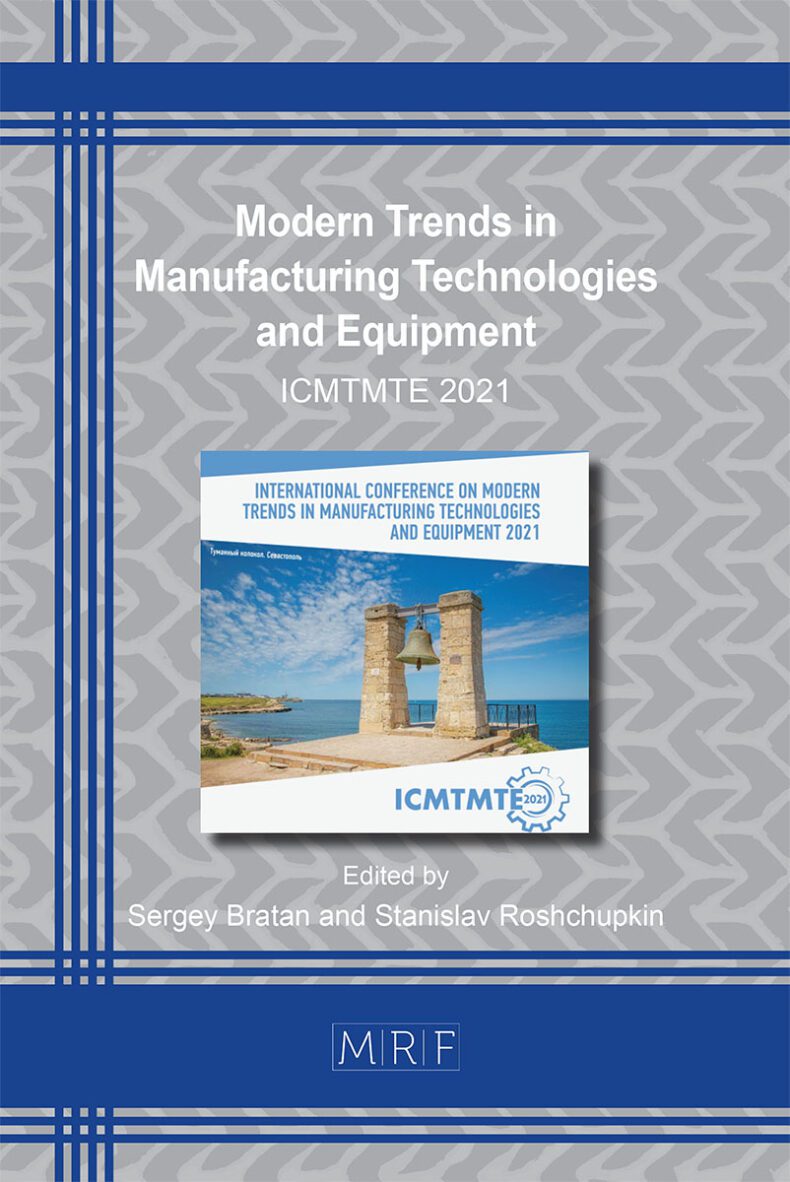Additive Technologies in the Production of Vehicle Rubber with Sensory Properties
Evgeniy V. Stepanov, Marek Schmidt, Dennis Bäcker, Anton V. Tumasov
download PDFAbstract. Annotation. Rubber products are widely used in the construction of vehicles, for example, as sealing and protective devices, suspension joints and are the basis of automobile tires. Modern trends related to increasing the level of vehicle safety require the use of innovative approaches in the design and use of new materials with unique properties. This article proposes an approach to create a rubber with sensory properties that can be used in various automotive products and prevent situations that can harm both human health and lead to serious damage to the structure of the vehicle itself. We have developed an intelligent vehicle door seal to prevent injury to a person when the door is closed carelessly. The sealant, which reacts to deformation when a foreign body enters the seal site, consists of rubber with the addition of piezoceramic powder and two electrode layers. Each electrode layer has several parallel strip-like electrodes positioned along the perimeter of the seal. This document describes possible applications for rubber products with sensory properties and an additive method for making such rubber with the addition of piezoceramic powder.
Keywords
Sensor Integration, Rubber with Sensory Properties, Piezoceramics, Vehicle, Additive Technologies
Published online 1/5/2022, 7 pages
Copyright © 2022 by the author(s)
Published under license by Materials Research Forum LLC., Millersville PA, USA
Citation: Evgeniy V. Stepanov, Marek Schmidt, Dennis Bäcker, Anton V. Tumasov, Additive Technologies in the Production of Vehicle Rubber with Sensory Properties, Materials Research Proceedings, Vol. 21, pp 342-348, 2022
DOI: https://doi.org/10.21741/9781644901755-60
The article was published as article 60 of the book Modern Trends in Manufacturing Technologies and Equipment
![]() Content from this work may be used under the terms of the Creative Commons Attribution 3.0 licence. Any further distribution of this work must maintain attribution to the author(s) and the title of the work, journal citation and DOI.
Content from this work may be used under the terms of the Creative Commons Attribution 3.0 licence. Any further distribution of this work must maintain attribution to the author(s) and the title of the work, journal citation and DOI.
References
[1] Cohen, D.; Sargeant, M.; Somers, K. 3-D printing takes shape. McKinsey Q. 2014, 1, 1–6.
[2] Drossel, G.-W.; Ihlemann, J.; Landgraf, R.; Oelsch, E.; Schmidt, M. Basic Research for Additive Manufacturing of Rubber.Polymers2020,12, 2266. https://doi.org/10.3390/polym12102266
[3] Wittek, H.; Klie, B.; Giese, U.; Kleinert, S.; Bindszus, L.; Overmeyer, L. Approach for additive Manufacturing of high-viscosity, curable Rubbers by AME Processing (Additive Manufacturing of Elastomers) — Rubber 3D.KGK Rubberpoint Mach. Euipments, 2019,10, 30–35
[4] Sundermann, L.; Klie, B.; Giese, Z.; Leineweber, S.; Overmeyer, L. Development, Construction and Testing of a 3D-Printing-Systemfor Additive Manufacturing of Carbon Black filled Rubber Compounds.KGK Rubberpoint Mach. Euipments2020,6, 53–56.
[5] Drossel, G.-W.; Ihlemann, J.; Landgraf, R.; Oelsch, E.; Schmidt, M. Media for Dimensional Stabilization of Rubber Compounds during Additive Manufacturing and Vulcanization.Polymers2020,12, 2266. https://doi.org/10.3390/polym12102266
[6] Scheungraber, P. Apparatus and Method for 3D Printing a Workpiece of a Rubbery Non-Thermoplastic. Material. Patent No. DE102017207737A1, 8 November 2018.
[7] Faes, M.; Valkenaers, H.; Vogeler, F.; Vleugels, J.; Ferraris, E. Extrusion-Based 3D printing of ceramic components. Procedia CIRP 2015, 28, 76–81. https://doi.org/10.3390/polym12102266
[8] Buswell, R.A.; Leal de Silva, W.R.; Jones, S.Z.; Dirrenberger, J. 3D printing using concrete extrusion: A roadmap for research. Cem. Concr. Res. 2018, 112, 37–49. https://doi.org/10.1016/j.cemconres.2018.05.006
[9] Reif, K., Ed. Automobilelektronik. Eine Einführung für Ingenieure; Vieweg und Teubner: Wiesbaden, Germany, 2007.































